Everything You Need to Know About the DASH Diet
Is the DASH Diet the Best intervention for Heart Health?
Heart disease continues to be the leading cause of death in the US. With lifestyle changes, these numbers could be lowered significantly. The DASH diet was developed to give recommendations to decrease risk factors for cardiovascular conditions.
What is Hypertension?
Hypertension, or high blood pressure, is typically measured at annual physical appointments and has different categories of diagnosis. A healthy blood pressure is a reading of systolic less than 120 mmHg and a diastolic number less than 80 mmHg. High blood pressure is a risk factor for heart disease and other cardiovascular events like heart attacks.
What is the DASH Diet?
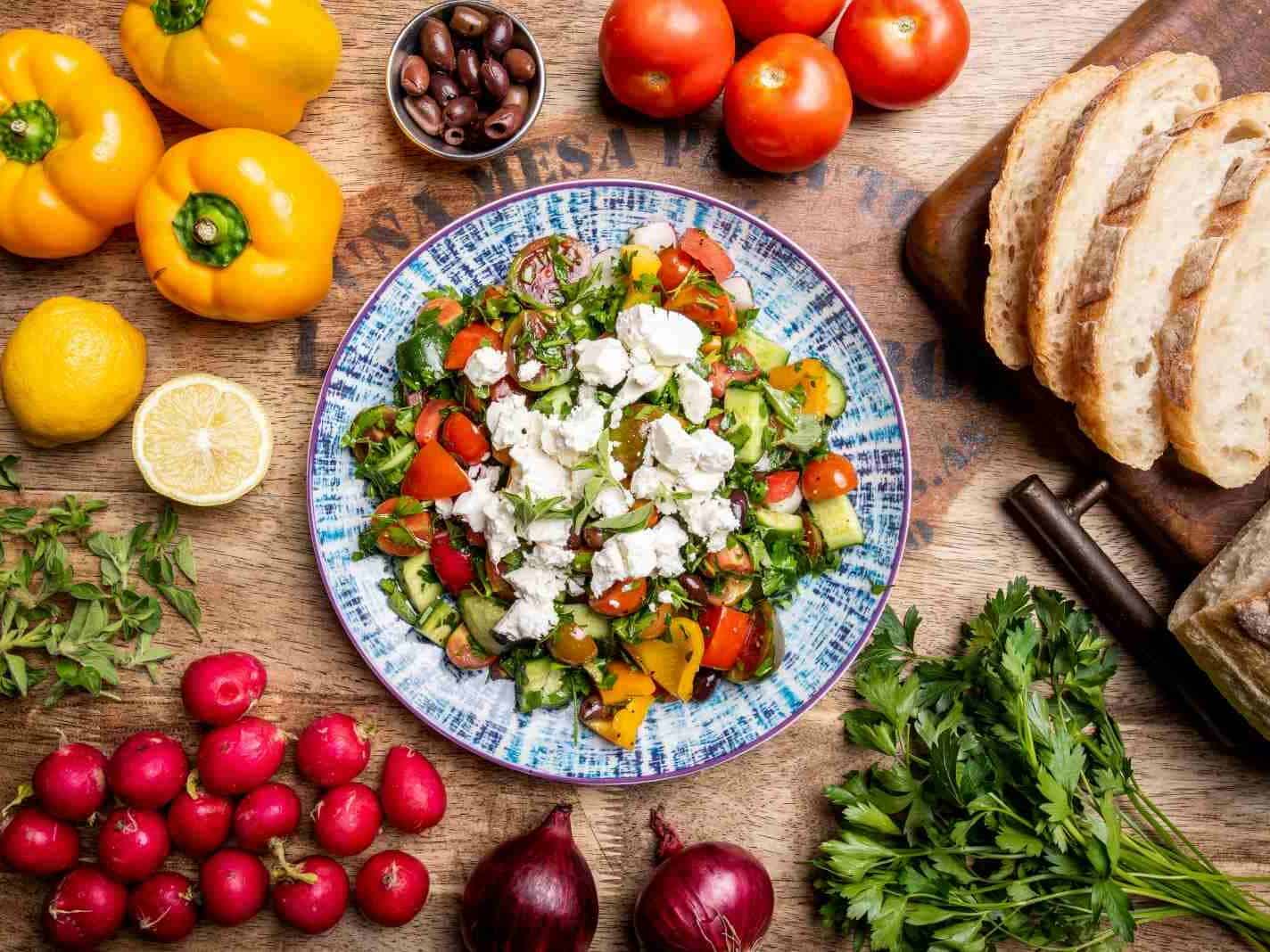
The D.A.S.H. diet stands for the Dietary Approach to Stop Hypertension. The DASH diet is a heart-healthy way of eating in order to prevent and lower high blood pressure. The types of foods recommended are similar to those of a Mediterranean-style diet with increased plant food consumption.
How Much Salt is Recommended?

The DASH diet has several food group recommendations as well as salt intake guidelines. There is a regular DASH diet recommended sodium intake of no more than 2,300 mg of sodium per day which is equal to about one teaspoon of table salt. The lower-salt DASH diet has a lower recommended sodium intake of no more than 1,500 mg of sodium per day which is equal to about ¾ teaspoon of table salt. Common suggestions are to decrease the amount of take-out, restaurant, and fast food consumed, as these types of foods typically have much more salt than meals that could be made at home.
Whole Grain Recommendations
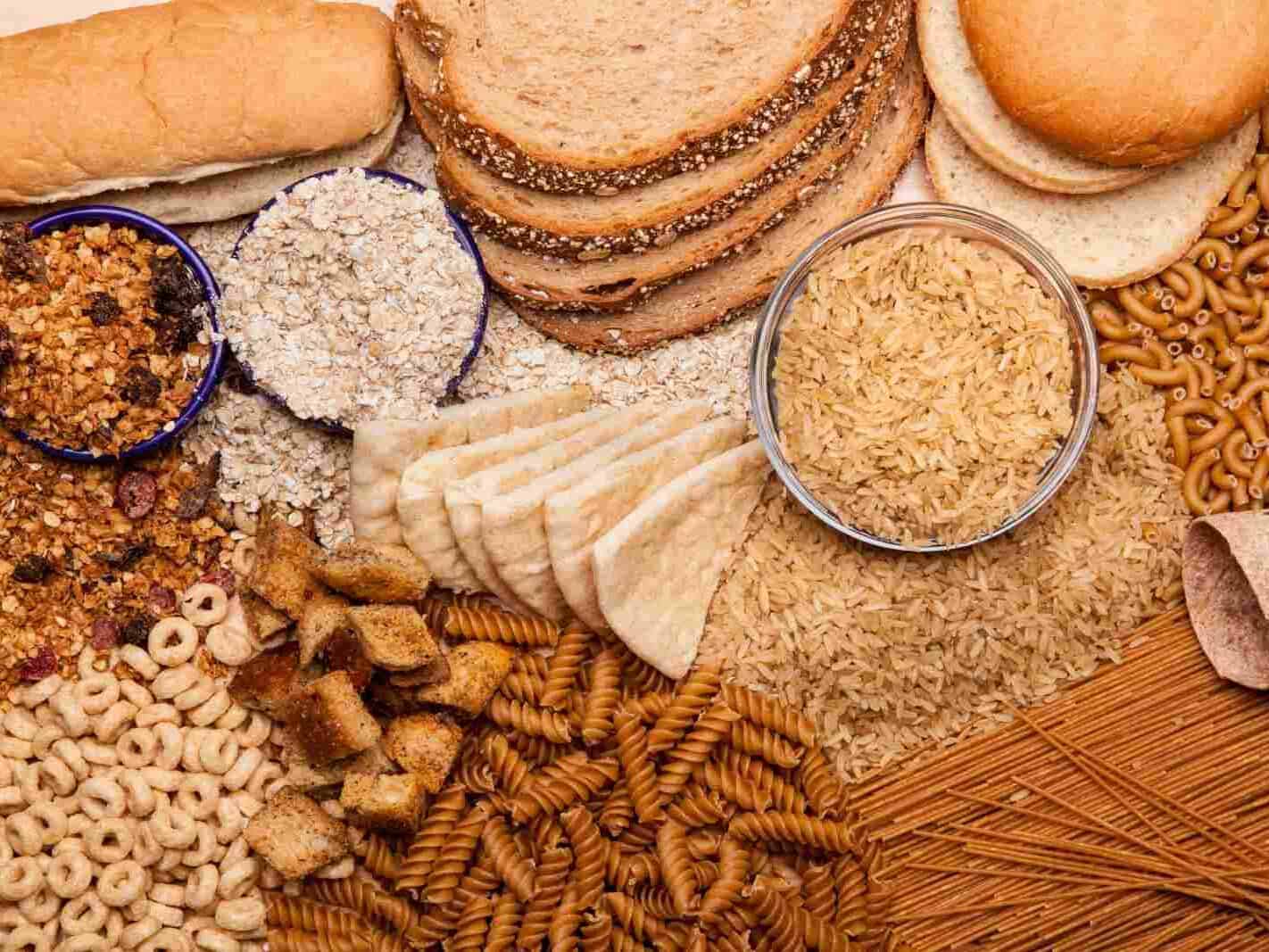
DASH diet guidelines are for 6-8 servings of whole grains per day. A whole grain is one where the outer bran and nutrients are still intact, like in whole wheat flour or brown rice. One serving looks like 1 slice of bread or 1/2 cup of cooked rice.
Fruit and Vegetable Recommendations
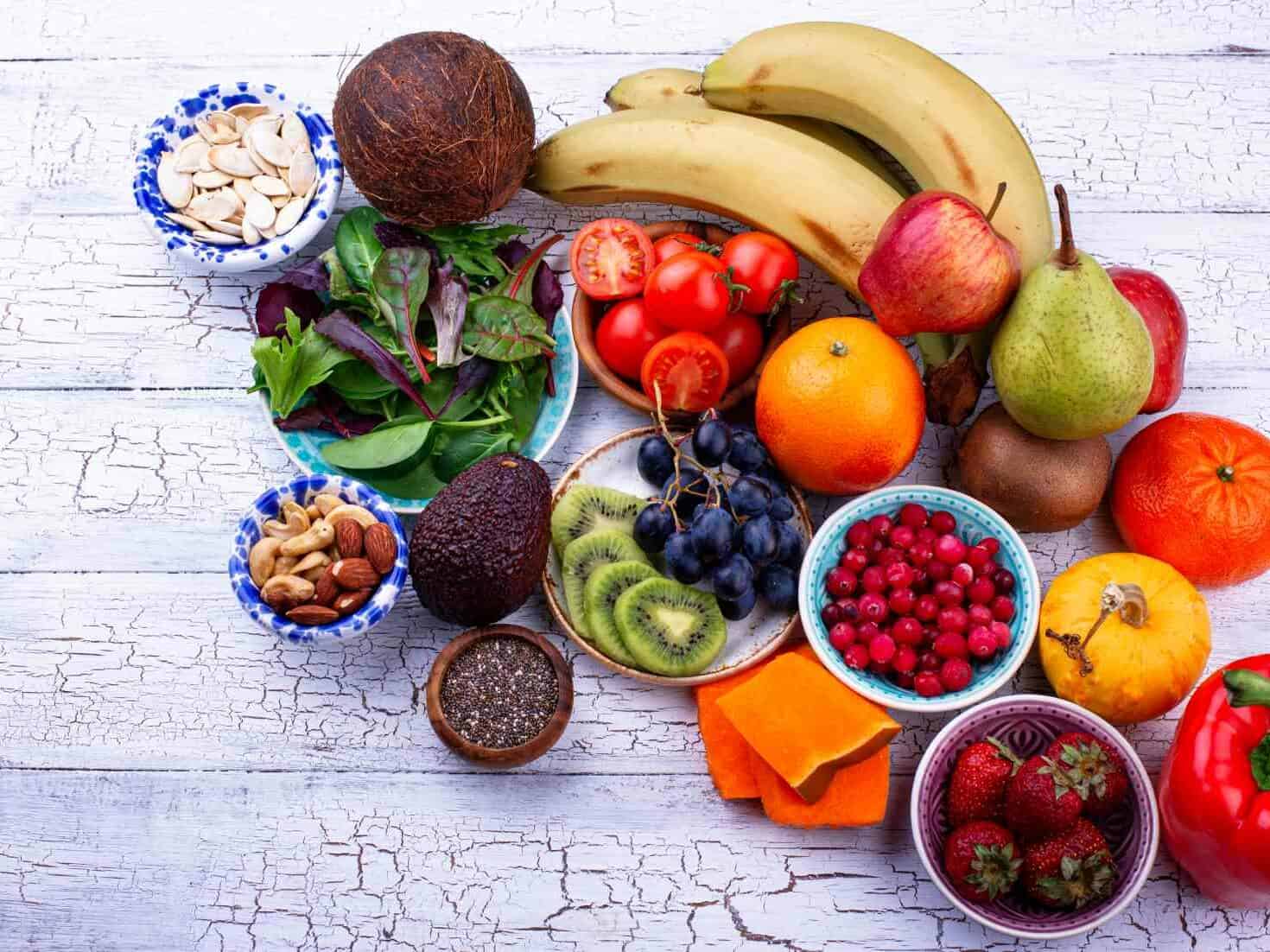
DASH diet guidelines are for 4-5 servings of vegetables and 4-5 servings of fruit per day. One serving looks like 2 cups of leafy greens, 1 cup of raw cut vegetables, one medium-sized piece of whole fruit like an apple, or 1 cup of cut fruit.
Dairy Recommendations
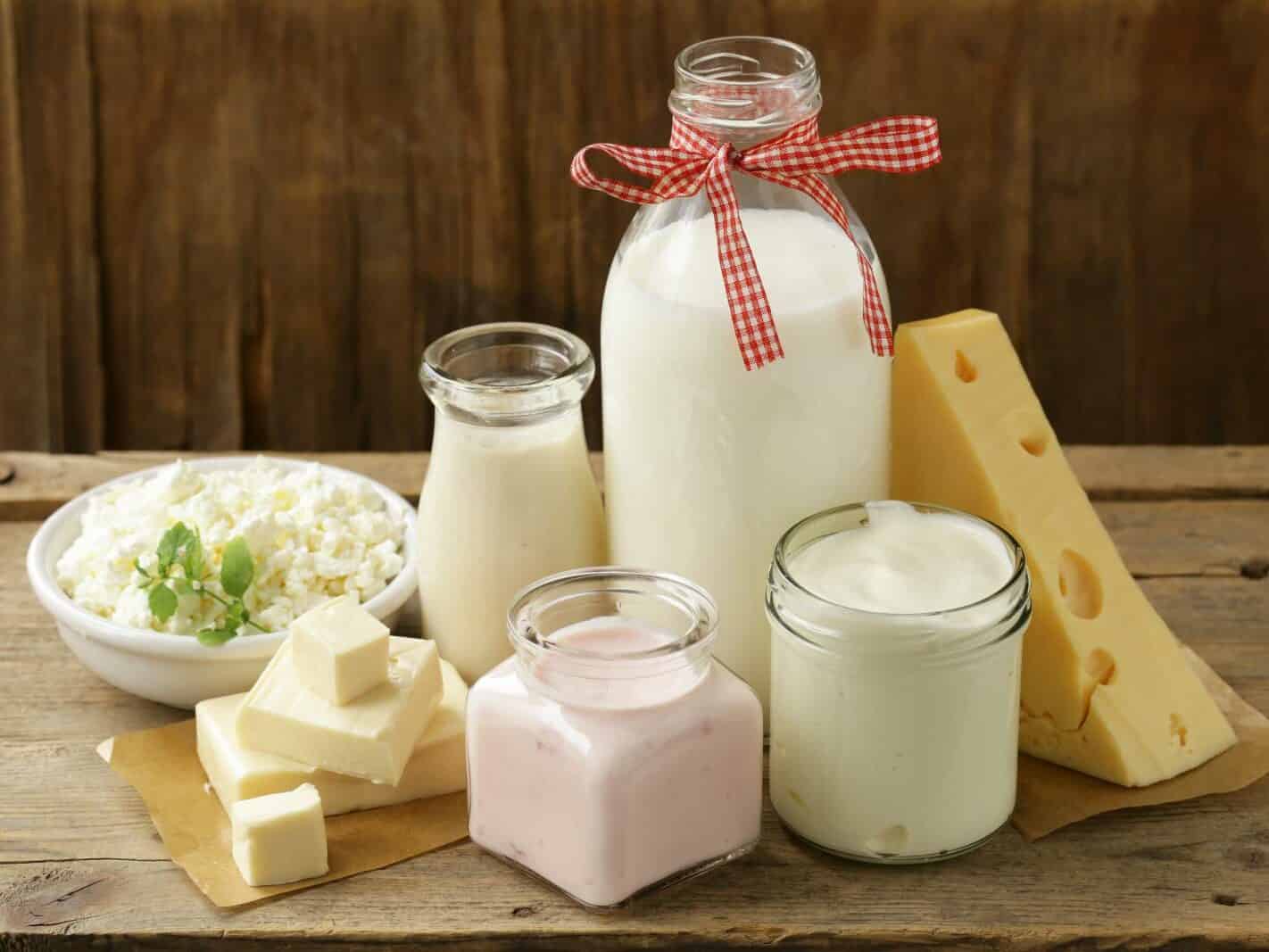
DASH diet guidelines are for 2-3 servings of low-fat dairy per day. One serving looks like 1 cup or 8 ounces of low-fat dairy milk, 1 cup of yogurt, or 1 ounce of low-fat cheese.
Animal Protein Recommendations

DASH diet guidelines are for less than 6 servings of lean meats per day. One serving looks like 1 egg or 1 ounce of fish or poultry. Depending on size, one boneless skinless chicken breast is about 6-8 ounces, which would be a full day’s serving.
Oils and Fats
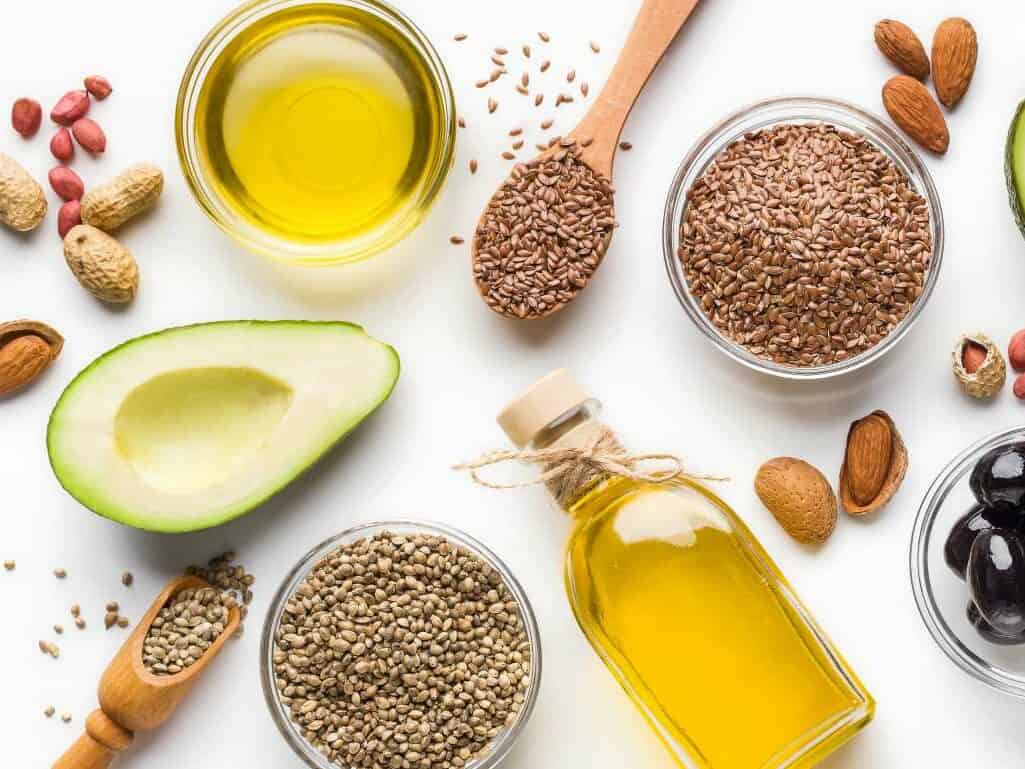
DASH diet guidelines are for 2-3 servings of heart-healthy oils per day. Olive oil and vegetable oils are high in unsaturated fats, hence their liquid state at room temperature. Butter and coconut oil are high in saturated fat, and are solid at room temperature. This diet recommends more unsaturated fats and less saturated fats. One serving of olive or vegetable oil is 1 tablespoon.
Nuts, Seeds, and Beans
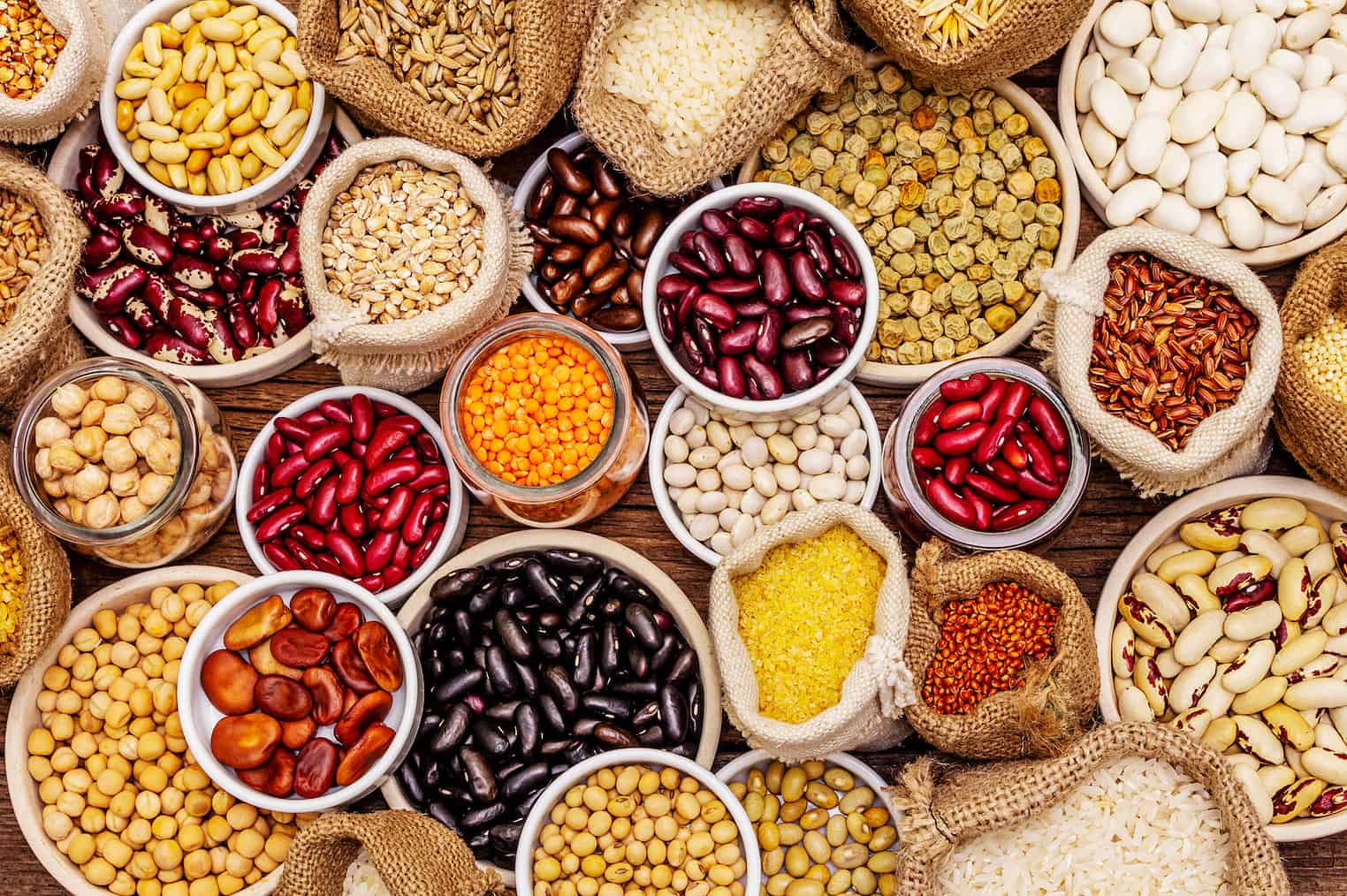
DASH diet guidelines recommend at least 4-5 servings of nuts, seeds, and legumes per week. One serving of nuts is 1/2 ounce, which looks like about 2 tablespoons of nuts, or 1 tablespoon of nut butter. One serving of cooked beans or legumes is 1/4 of a cup.
Foods to Limit

DASH diet guidelines recommend limiting added sugars to 5 or fewer servings per week. Added sugars are found in foods like ice cream, sweetened coffee and tea drinks, sodas, pastries, and other desserts. There are 38 grams of added sugar in a 12-ounce can of Coke, which is about 9 teaspoons of granulated sugar.
What About Red Meat?
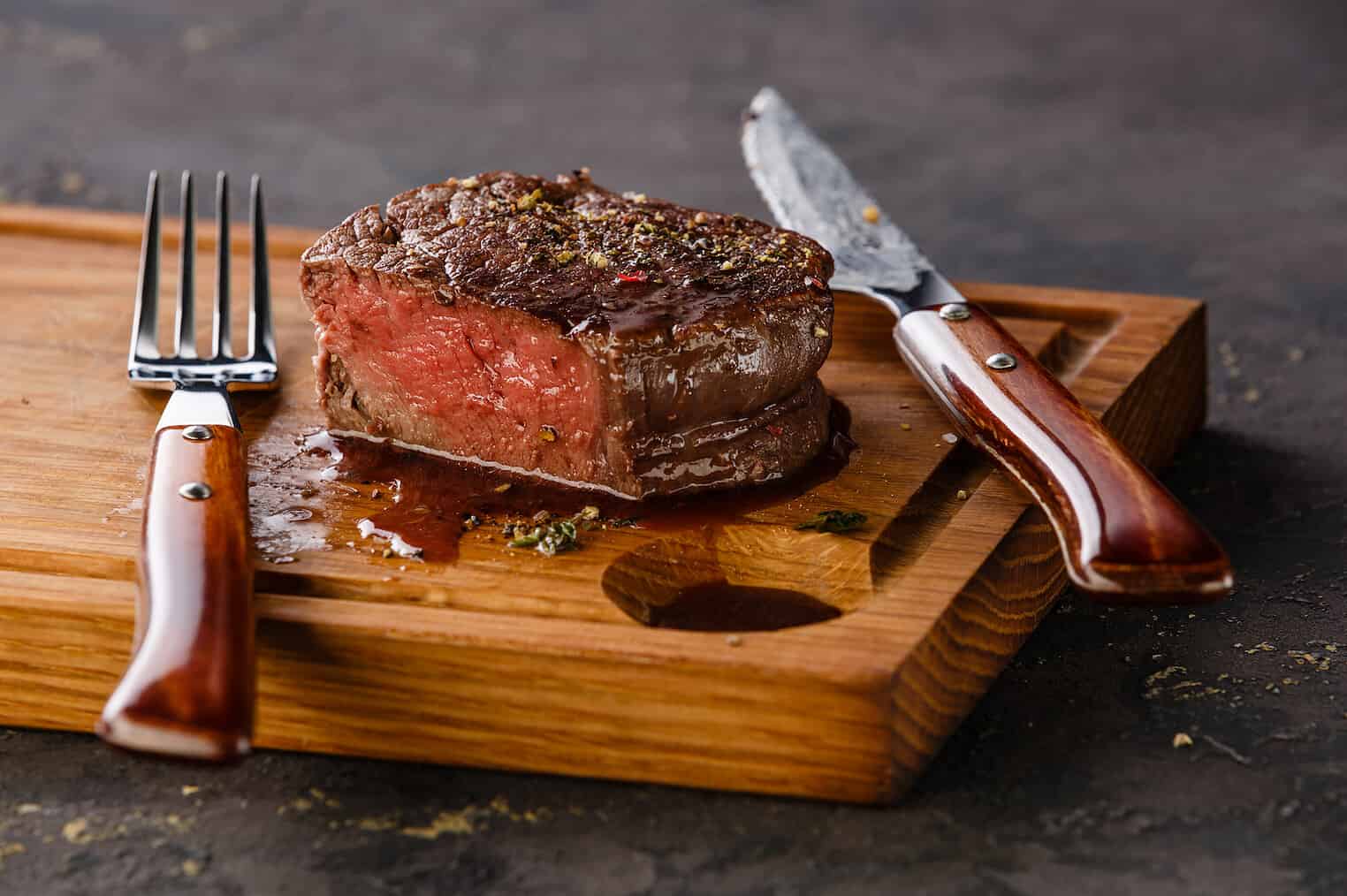
DASH diet guidelines recommend limiting red meats to 1-2 servings per week. One serving of red meat is 1 ounce. These servings are limited to reduce the amount of saturated fat in the diet, which can contribute to high cholesterol, and be a risk for clogged arteries.
Is This Type of Eating Attainable?

Although serving guidelines are included, the overall point is to include more plant foods, more lean protein choices, limited saturated fat, limited added sugars, and decreased salt intake. Calculating serving sizes every day can be exhausting, so try just to be mindful when it comes to mealtime and consider sodium content on nutrition labels.
Is This the Right Dietary Pattern for Me?

This dietary pattern is specific to hypertension in that salt intake is regulated. This may have a positive effect on those who already have high blood pressure, but may not be necessary for a healthy individual. The Dietary Guidelines for Americans also recommend salt intake for the average person to be no more than 2,300 mg per day which is the same upper limit for the DASH guidelines. This dietary approach recommends increased plant foods like fruits, vegetables, beans, nuts, and seeds, which is a healthy addition for anyone regardless of hypertensive status.


